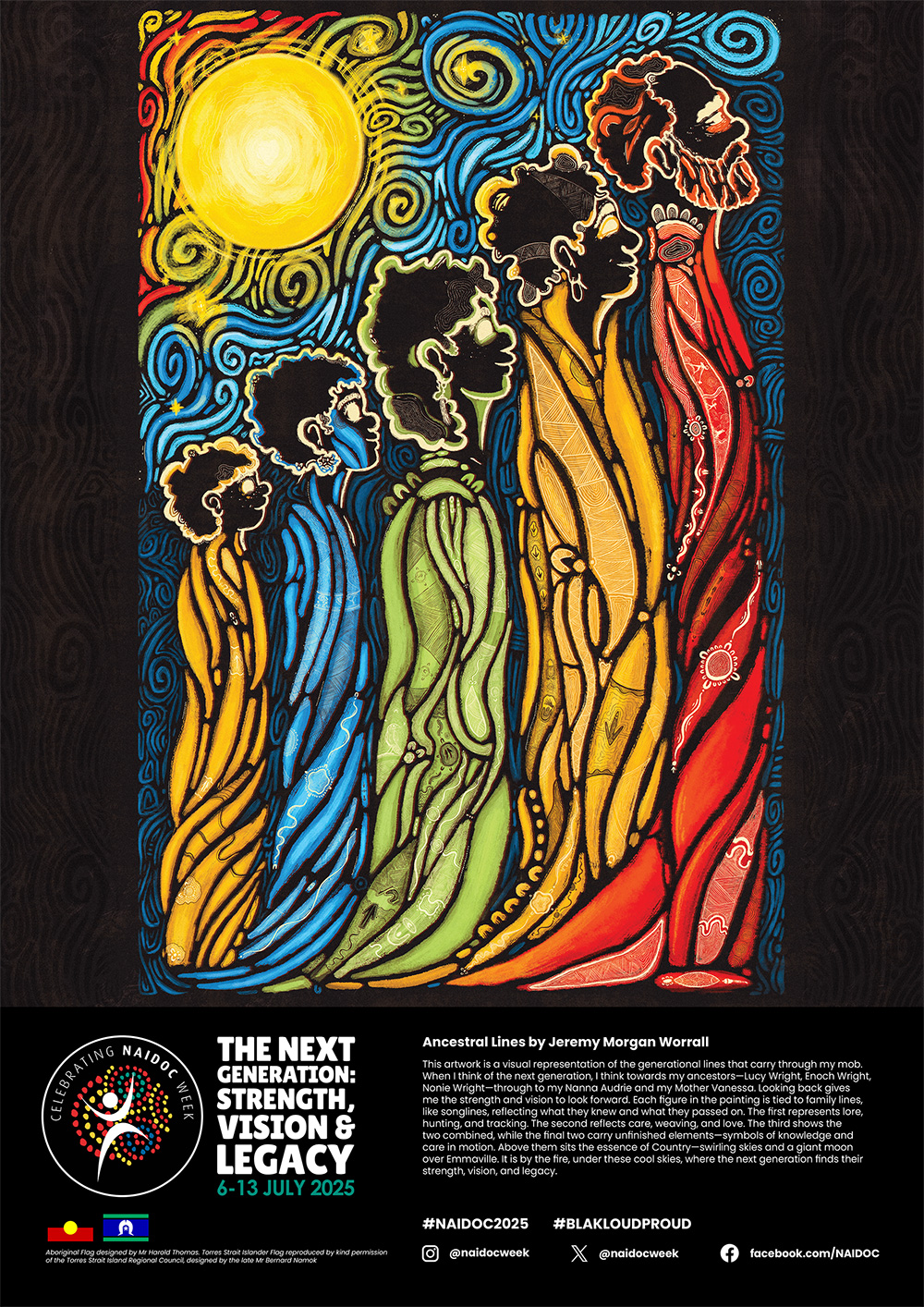The digital marketing landscape is in constant flux, shaped by technological breakthroughs and shifts in consumer behavior. For businesses to thrive, understanding and adapting to these changes is paramount. As we move through the second half of 2025, five trends stand out as particularly impactful, demanding strategic attention and agile execution from marketers worldwide.
1. The AI Imperative: From Automation to Hyper-Relevance
Artificial Intelligence (AI) is not just a trend; it’s a foundational shift, fundamentally redefining how businesses interact with customers and manage operations. A remarkable 88% of companies are already integrating AI into their marketing strategies. AI’s influence spans from automating routine tasks, such as handling FAQs and inventory planning, to enabling sophisticated hyper-personalization. This hyper-relevance dynamically fine-tunes content based on real-time user interactions, leading to impressive results like a 35% increase in purchase frequency and a 21% boost in average order value for AI-powered personalization engines.
Beyond efficiency, AI is transforming decision-making, with AI-driven analytics improving decision speed by 78% and predictive analytics boosting forecasting accuracy by 47%. The emergence of “AI agents” is particularly noteworthy, moving AI from merely generating content to autonomously executing entire marketing campaigns. This evolution necessitates that human marketers focus on strategic oversight, ethical governance, and training AI systems, evolving into AI-enhanced hybrid roles.
2. Evolving Search: The Rise of Generative Engine Optimization (GEO)
The way consumers search for information is undergoing a profound transformation, driven by GenAI-powered experiences. Traditional Search Engine Optimization (SEO) is evolving into Generative Engine Optimization (GEO). AI Overviews and AI Mode, such as Google’s Gemini, are increasingly providing direct, concise answers on Search Engine Results Pages (SERPs), leading to a significant reduction in traditional web traffic—with 65% of queries now being “zero-click searches”.
To optimize for this new AI search paradigm, marketers must structure content into Q&A snippets, target long-tail keywords, and consistently include FAQs. Content must rigorously align with Google’s E-E-A-T (Experience, Expertise, Authoritativeness, and Trustworthiness) guidelines, requiring certified authors, case studies, and high-quality backlinks. Furthermore, social media platforms like YouTube and TikTok are increasingly acting as major search engines, necessitating optimization for social search. This involves optimizing social profiles, conducting platform-specific keyword research, and creating content designed to incorporate relevant keywords and hashtags in captions, spoken audio, and on-screen text.
3. Dynamic Video Engagement: Interactive and Immersive Experiences
Video content remains the undisputed “king” in digital marketing, with platforms like TikTok, Instagram Reels, and YouTube Shorts prioritizing video formats. While short-form video (15-30 seconds) continues its dominance for attracting new audiences, long-form video is also experiencing a resurgence, indicating a demand for deeper engagement. Livestreaming is also a powerful tool for real-time interaction, allowing brands to showcase the “real people behind a brand,” fostering trust and loyalty.
A significant evolution is the rise of interactive and immersive video experiences. Interactive videos allow users to make choices, answer questions, or navigate storylines, transforming passive viewers into active participants. AI-powered personalization within interactive videos can lead to 2.5 times higher engagement rates and a 48% boost in conversion rates. Shoppable videos, which seamlessly integrate entertainment with instant purchasing power, are projected to reach a $35 billion market by 2025, reducing friction in the buying journey. Virtual Reality (VR) integration is also pushing boundaries, enabling immersive product showcases and virtual try-ons.
4. Privacy-First Marketing: Building Trust in a Regulated World
The digital marketing landscape is increasingly shaped by a global push for data privacy and heightened consumer awareness regarding personal data usage. By early 2025, 144 countries had data and consumer privacy laws, with 42% of US states having passed their own. Regulators are actively enforcing these laws, with the EU imposing €2.1 billion in GDPR fines in 2024 alone.
Consumer sentiment overwhelmingly favors greater data privacy, with 92% of Americans concerned about their internet privacy. This concern translates into tangible behavior: 48% of consumers have stopped buying from a company due to privacy concerns. This substantial trust gap means that compliance alone is insufficient; brands must actively demonstrate transparency and ethical data handling to earn and retain consumer loyalty. Companies that prioritize transparency, security, and ethical data use are more likely to earn consumer trust and loyalty, transforming privacy from a compliance cost into a competitive advantage. This also drives a shift towards first-party data strategies for targeting personalized ads, as third-party cookies deprecate.
5. Authenticity and Community Building: Beyond Influencers
In an increasingly saturated digital environment, brands are shifting away from broad influencer marketing towards fostering genuine connections and building loyal communities. Consumers are prioritizing authenticity, relatability, and entertainment in brand content over polished or product-centric messaging.
Employee-generated content (EGC) is gaining prominence as a powerful tool for authenticity, with brands encouraging employees to create behind-the-scenes content or testimonials. This approach helps audiences connect more genuinely with a brand, fostering higher loyalty. The trend of nurturing communities is also expanding, with brands investing more in relationships with loyal customers and followers, including exploring private communications with VIP fans through broadcast channels and exclusive content. Niche communities are growing, with brands, creators, and influencers leaning into private and subscription-based models for exclusive content and connection opportunities, sometimes extending beyond digital screens into real-life events. This signifies a strategic pivot from broad reach to deep engagement, cultivating dedicated fan bases through exclusive access and personalized interaction.
Conclusion
The digital marketing landscape of 2024-2025 is dynamic and complex, demanding agility and foresight. The pervasive influence of AI, the evolving search paradigm, the dominance of interactive video, the imperative of privacy-first strategies, and the growing emphasis on authenticity and community building are not isolated trends but interconnected forces shaping the future. Brands that strategically invest in these areas, prioritize ethical practices, and foster genuine connections will be best positioned to navigate this evolving frontier and achieve sustained growth.
Discover the world of Digital Marketing with our Introduction to Digital Marketing Training Video

-
$79.00






